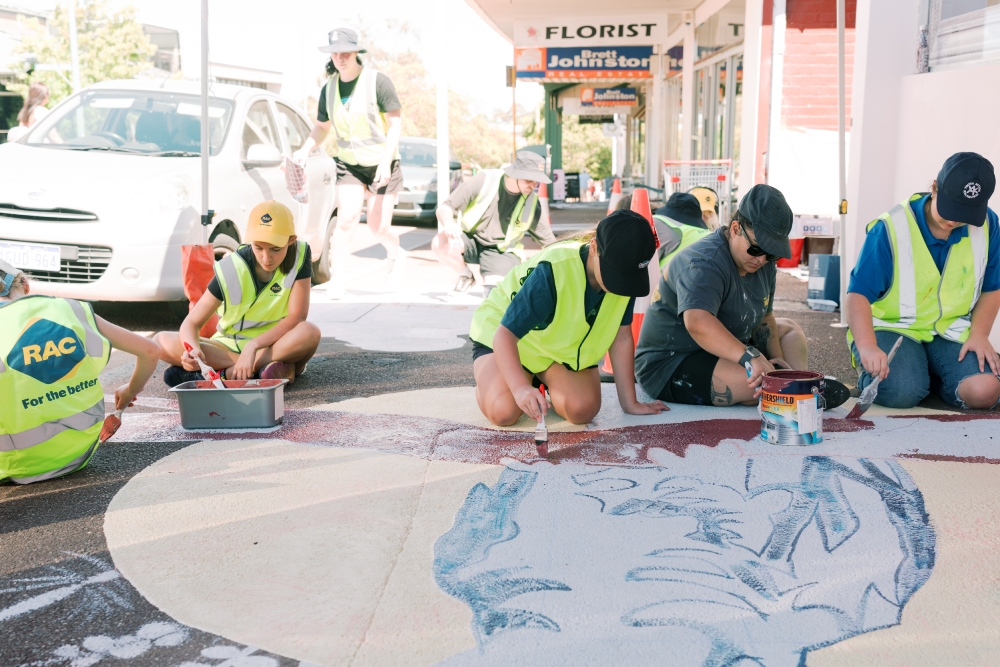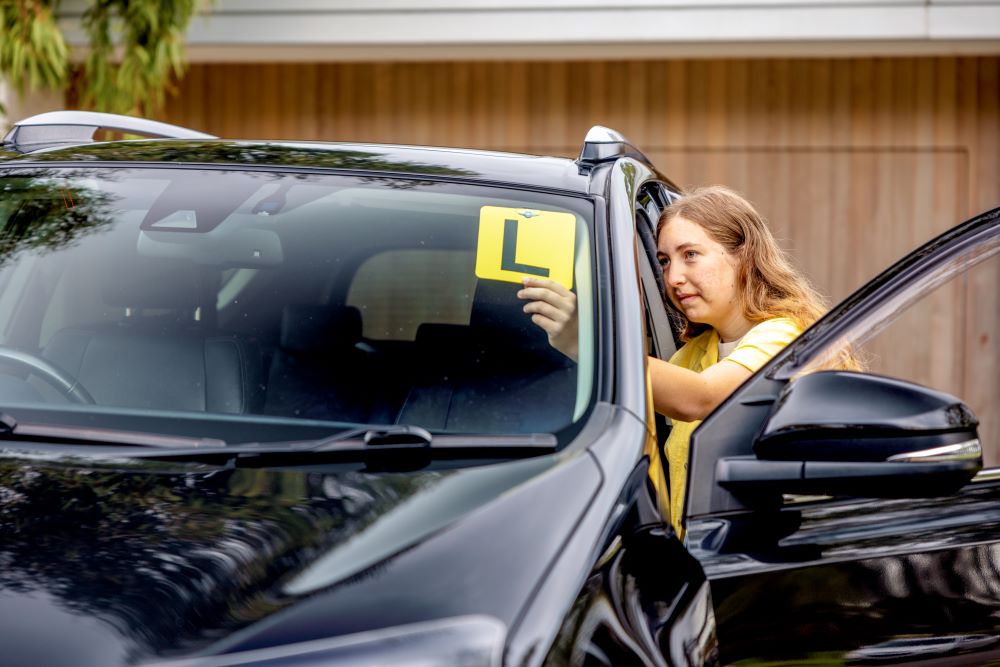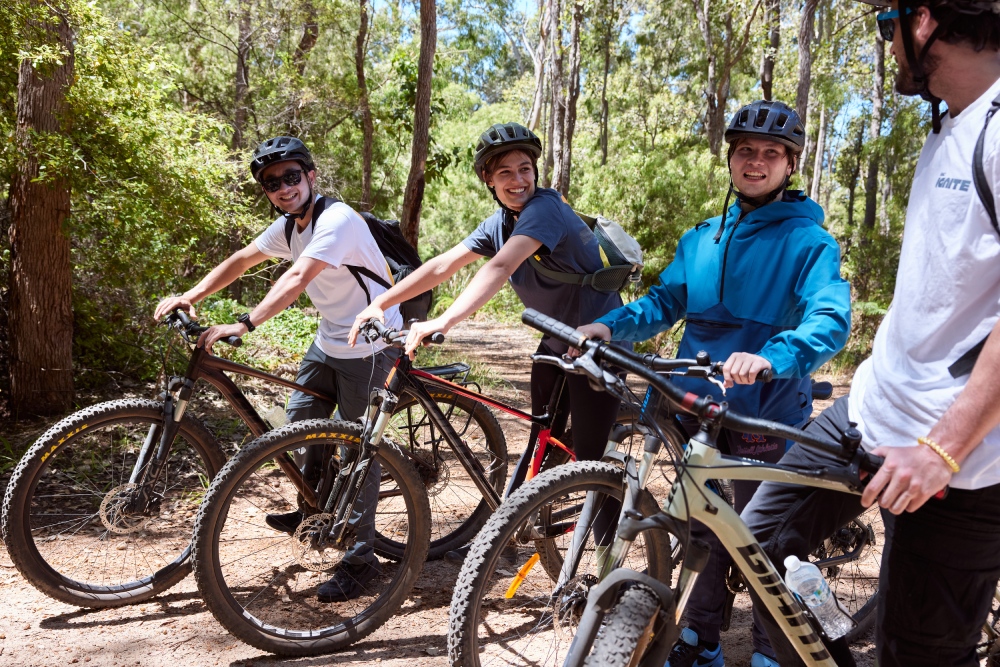
Free programs and resources

>>>
Get involved
Help make real change through our hands-on programs; made with young people for young people.

>>>
Get informed
Get tips and advice to help you navigate the next stage of life safely and sustainably.

>>>
Get saving
Get the most out of your membership with our exclusive perks and offers.

RAC acknowledges and pays respects to the Traditional Custodians throughout Australia. We recognise the continuing connection to land, waters and community.
